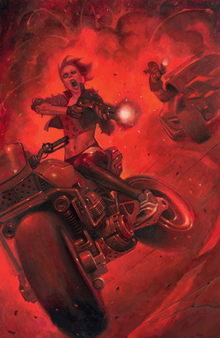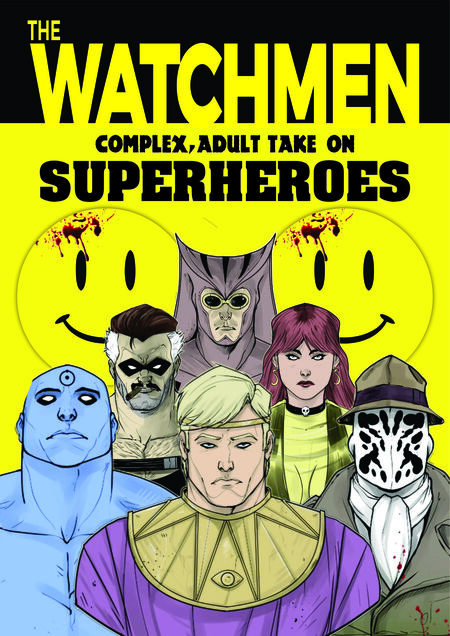
WATCHMEN: COMPLEX, ADULT TAKE ON SUPERHEROES
ALAN MOORE
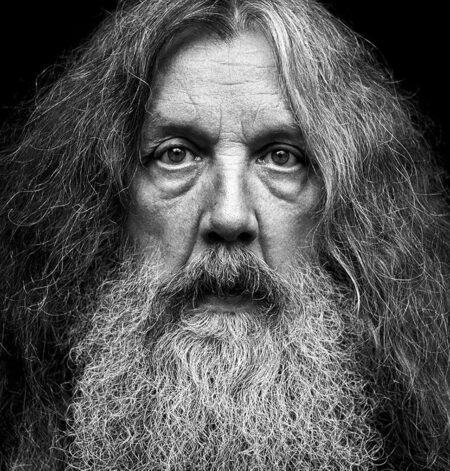
Alan Moore is acclaimed for his profound influence on comics. A British writer, born in Northampton, England, in 1953, Alan Moore is a creative comic book author whose work transformed the graphic novel genre. He is known for subverting traditional comic tropes and embedding political and social critique in his narratives. Watchmen cemented Moore’s reputation as a literary innovator in the 1980s.
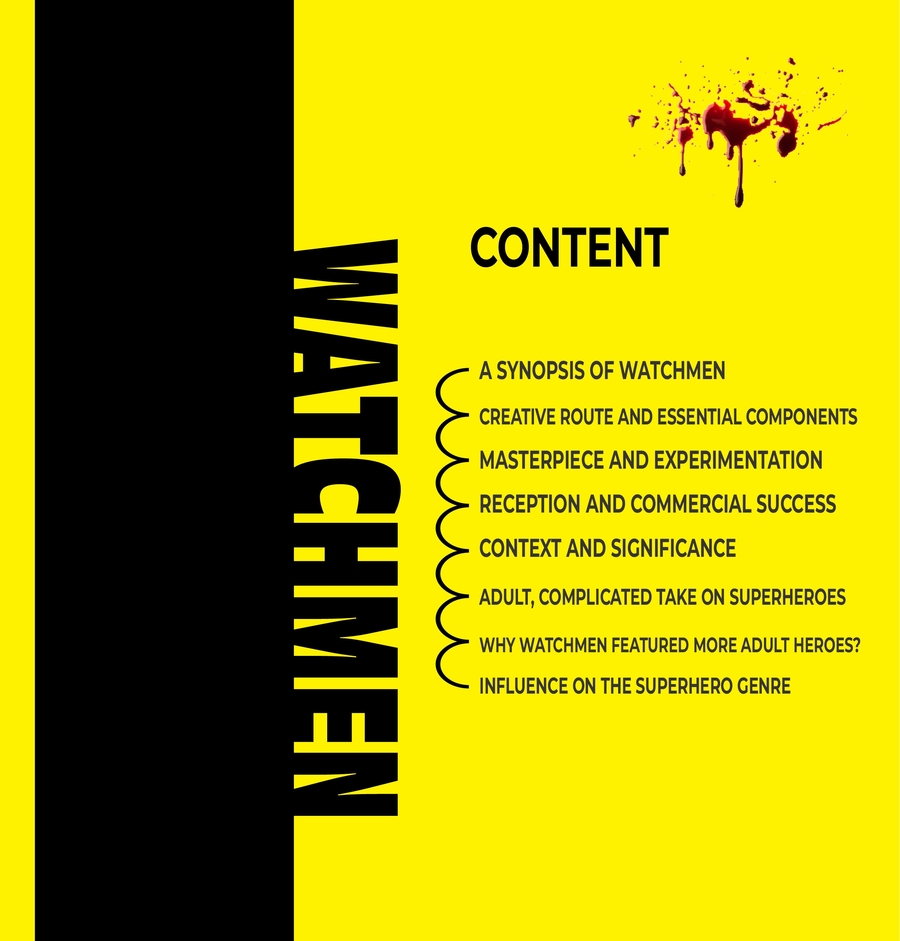
A SYNOPSIS OF WATCHMEN

CREATIVE ROUTE AND ESSENTIAL COMPONENTS
Moore was convinced to produce original analogues, which allowed for greater creative flexibility, after the original concept was developed using Charlton Comics characters. The story’s design, which included Dave Gibbons' painstaking character illustrations, came together naturally but deliberately. Watchmen makes use of advanced literary devices including many perspectives and symmetry in narrative. Its narrative depth revolves around the investigation of time perception and free agency. In order to make the work complex and multi-layered, Moore also incorporated ironies and self-references throughout.
Watchmen’s dissection of superhero mythology is its most significant feature. By showcasing incredibly flawed individuals driven by psychological issues rather than pure generosity, it subverts the idealism of conventional comedic heroism. This strategy prompted readers to reconsider presumptions regarding morality and bravery.
MASTERPIECE AND EXPERIMENTATION
Many people consider Watchmen to be a masterpiece that redefined comic storytelling. Alongside comics like Maus and The Dark Knight Returns, it was a part of a late 1980s trend toward more adult, mature sensibilities. The series showed the literary possibilities of the comic book genre and was more than just an experiment. It was a revolutionary work. A darker, more complex period in superhero comics was sparked by its influence.
RECEPTION AND COMMERCIAL SUCCESS

Watchmen, which debuted as a 12-issue limited series in 1986 and 1987, immediately won over readers and reviewers and became one of the most important and profitable comics of the time. A surprising accomplishment for an experimental and mature title in a market dominated at the time by typical superhero fare, the first issue debuted among the top five bestselling comic books, and subsequent issues frequently appeared in the top 20 sales lists. Watchmen were praised for its complex storytelling, multi-layered visual narrative, and irreverent approach to genre standards. The critical plaudits were equally astounding. Its widespread influence was demonstrated by the fact that DC Comics outsold Marvel in direct market sales during the series' run.
The Watchmen is still the only graphic novel to be included on TIME’s list of the top 100 English-language novels since 1923, demonstrating the work’s continued legacy. It is praised as a benchmark for both literary and comic book communities and continues to sell well in collected versions. Its long-lasting reputation and financial success demonstrate how work that pushes boundaries may find a sizable, appreciative audience even when it deviates significantly from accepted conventions.
CONTEXT AND SIGNIFICANCE
Watchmen did not emerge in a vacuum; rather, it mirrored and responded to the creative, social, and political concerns of its era, particularly the Cold War. The show captures the widespread fear of the time and is set in an alternate 1985 in which Nixon is still president and America is on the verge of nuclear war with the Soviet Union. The existence of the godlike Dr. Manhattan caused its world to drastically deviate from actual history; once-celebrated superheroes are now prohibited, reflecting societal discussions about vigilantism, governmental authority, and individual accountability. The Keene Act’s prohibition on heroes, for example, explicitly addressed modern concerns about unbridled power, overreaching surveillance states, and the thin line separating protection from oppression.
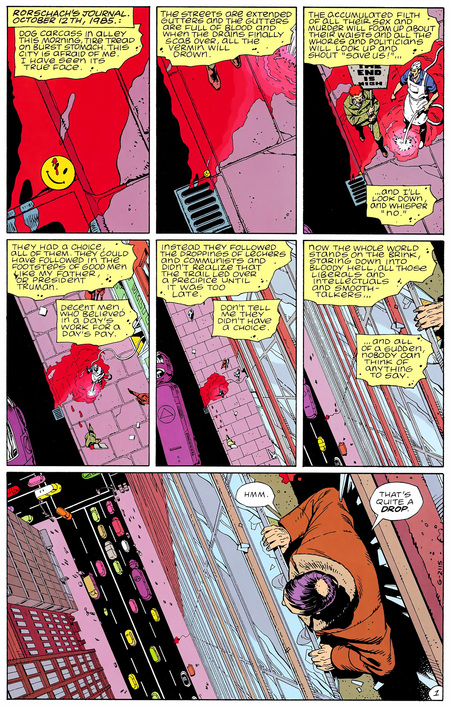
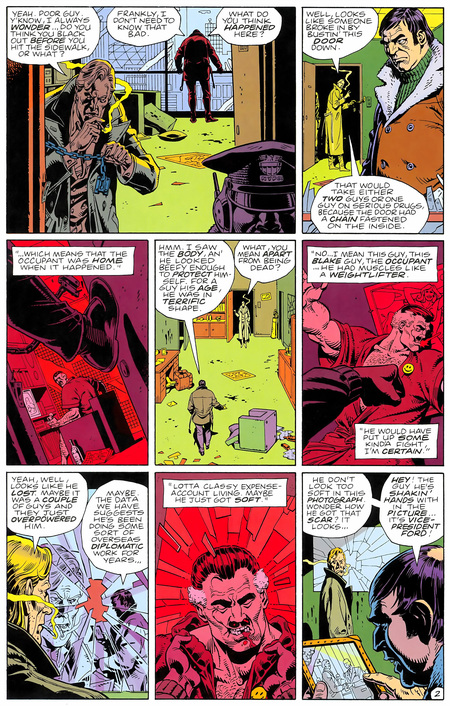
The Watchmen 1 series «UNDER THE HOOD»
Watchmen have enormous artistic significance. The series, which combines nonlinear storytelling, metafictional elements like the «Black Freighter» comic-within-a-comic, and real-world documents scattered between chapters, is praised as the first «postmodern comic.»
Its extensive visual symbolism and nine-panel grid structure raised the bar for comic book artistry, inspiring both artists and academics. In the end, Watchmen elevated the medium and redefined what comics could do through their engagement with significant cultural fears and artistic potential.
ADULT, COMPLICATED TAKE ON SUPERHEROES
The stark, unyielding portrayal of superheroes as imperfect, broken, and fundamentally human characters is perhaps Watchmen’s most notable accomplishment. The «heroes» of Watchmen Rorschach, Dr. Manhattan, Nite Owl, Silk Spectre, and Ozymandias are plagued by personal traumas, moral uncertainty, and a waning sense of idealism, in contrast to the aspirational or iconic heroes of Golden and Silver Age comics. The show thoroughly examines the psychology of heroism, showing how even the best of intentions may turn into deception, brutality, or obsession.
Rorschach’s binary ethics give way to savagery and paranoia. Because of his near-omnipotence, Dr. Manhattan feels cut off from mankind, which raises philosophical concerns about agency and meaning. The «world’s smartest man,» Ozymandias, exposes the utilitarian horror at the core of unbridled idealism by sacrificing millions for a greater peace. Watchmen portray superheroism through these and other individuals as a sophisticated, mature condition that reflects rather than avoids the complexity of the real world.
WHY WATCHMEN FEATURED MORE ADULT HEROES?
Watchmen’s emphasis on complex, adult protagonists was influenced by a number of influences. The Comics Code Authority had long prohibited explicit violence, moral ambiguity, and adult themes, but by the mid-1980s, the superhero genre was ready for a rebirth. Moore and Gibbons took advantage of a relaxing business environment, which allowed them to delve deeper into the moral ambiguities and psychological complexity that had only been alluded at in previous works.
Importantly, the fears of the time nuclear war, political corruption, institutional mistrust, and changing social values required a different kind of hero. Each of Watchmen’s adult protagonists has been molded by trauma, regret, and hard-won pragmatism as a result of their turbulent world. Their tales struggle with the compromises, setbacks, and ambiguities of actual life rather than aiming for straightforward triumphs or happy ends. The book’s main question, «Who watches the Watchmen?» was echoed by the adult focus, which also made readers consider their own involvement and the necessity of accountability.
Moore intended to dismantle the concept of heroism itself in addition to creating superheroes with an adult theme. This included investigating the human cost of vigilantism, how heroes could turn into authoritarian characters themselves, and how absolute power corrupts or isolates. While Rorschach represents unwavering moral absolutism tarnished by psychological wounds, characters such as Dr. Manhattan represent existential detachment. Ozymandias is a symbol of utilitarianism taken to contentious extremes, resulting in a morally dubious world where conventional heroism is no longer clear-cut.
INFLUENCE ON THE SUPERHERO GENRE
The superhero genre and the larger comic book industry have been profoundly impacted by Watchmen. Its economic and critical success demonstrated that comics could handle sophisticated topics, intricate storylines, and philosophical depth that were previously only found in prose. From Marvel’s Kraven’s Last Hunt and Civil War to DC’s continuing development of Batman and Superman, the series sparked a wave of darker, more psychologically complex superhero tales.
However, Watchmen’s influence has two sides: while many copied its aesthetics grim tone, troubled antiheroes, and deconstructive storytelling few were able to equal its ethical subtlety or narrative sophistication. Moore cautioned against blindly adhering to Watchmen’s gloom rather than comprehending its actual message about authority, responsibility, and the price of idealism.
Nevertheless, the show irrevocably changed the possibilities of comic storytelling, guaranteeing that sophisticated, adult topics would play a major role in the genre’s future.
Although Alan Moore sought to explore mature topics, he did not want to condemn superheroes or comics, according to his own conflicted sentiments about the wave of «adult» comics that followed Watchmen. Instead of seeing Watchmen as a complete rejection, he saw it as an artistic investigation that pushed the boundaries of the medium. However, it continues to have a significant influence, encouraging successive generations of artists to incorporate moral ambiguity and depth into their superhero stories.
In response to societal concerns and commercial constraints, Watchmen’s mature interpretation of superheroes is based on a purposeful dismantling of the superhero mythology. Through its psychological realism and ethical inquiry, it established comics as a legitimate medium for sophisticated, adult storytelling and had a long-lasting impact on the genre.

